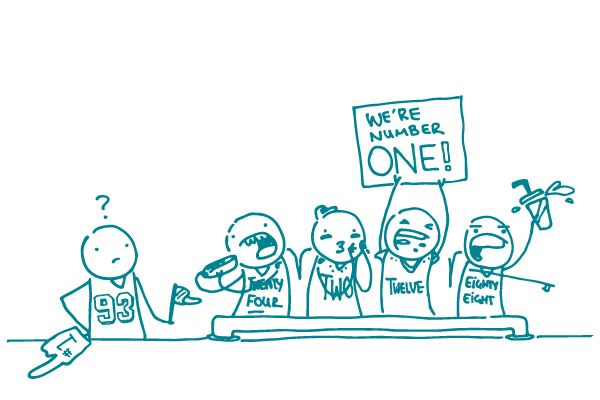
What was the rule in English class again? Write out all numbers under 10 as words (so, one through nine) then switch to numerals at 10? That sounds right. But wait, maybe ten should be spelled out, too…
Never mind. We’d like to introduce a new rule. When writing about health for consumers, write every number as a numeral. 1, 2, 3, 4, 5, 55, and 100 — they’re numbers, after all.
Why? Because presenting numbers clearly and consistently can help readers with limited literacy skills know what they’re dealing with. And when it comes to math, most of us need a little help.
Health information involves a lot of numbers. Among others, these numbers include:
- Levels (blood glucose, cholesterol)
- Doses (2 tablets, 1 tablespoon)
- Vital signs (heart rate, blood pressure)
- Frequencies (once a week, twice a day)
And those are just the basics! People also need to make calculations (like figuring out what a 20% increase would be) and evaluate risk (like whether a 1 in 10 chance of side effects is good or bad).
When the information is complicated, we need to make it as clear, simple, and accurate as possible — including writing numbers as numerals.
The bottom line: When writing about health for a general audience, write every number as a numeral.
Browse recent posts